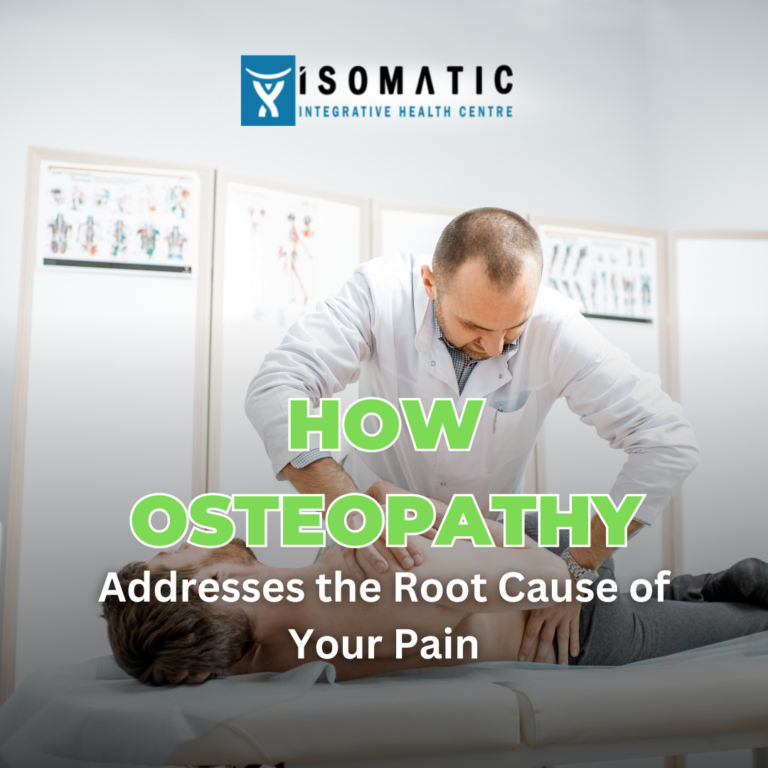Pain doesn’t begin and end with the ache you feel—it often starts much deeper. Osteopathy’s unique approach addresses the underlying structural and functional causes, setting the stage for genuine, lasting relief.
You don’t have to live with recurring pain or settle for band-aid solutions. With osteopathy, you empower your body to function better and heal naturally.
Ready to treat the root cause, not just the symptoms? Osteopathy could be your next best step toward a pain-free life.




